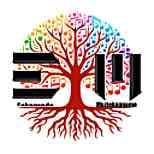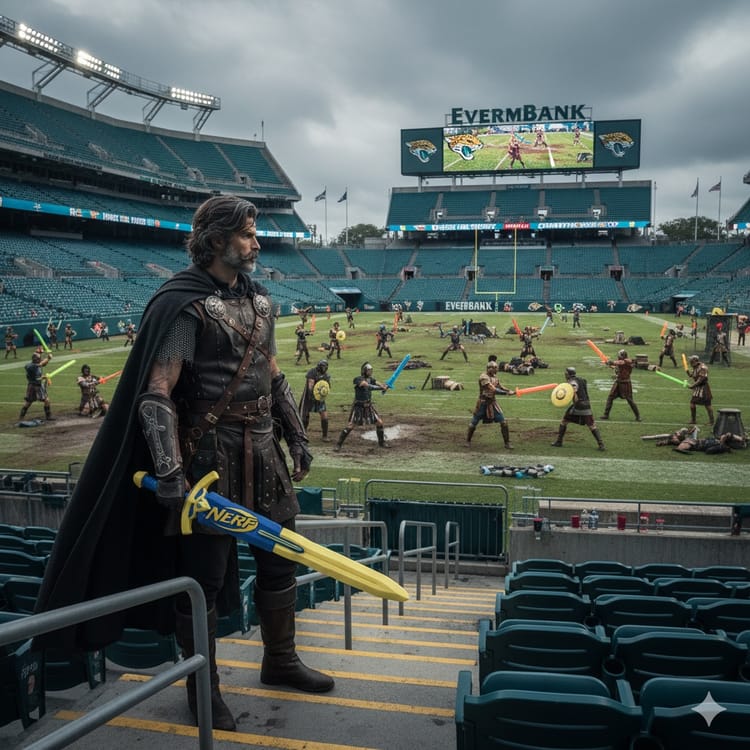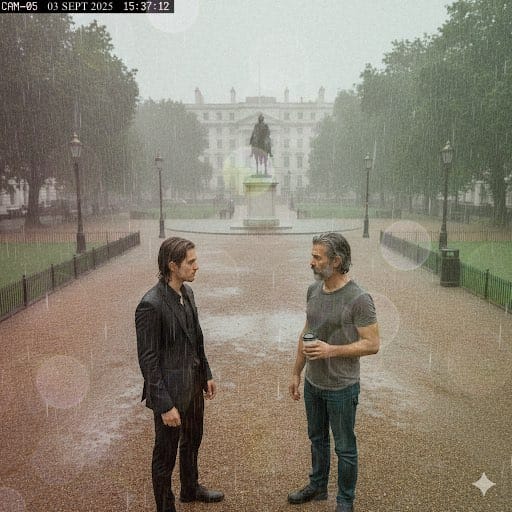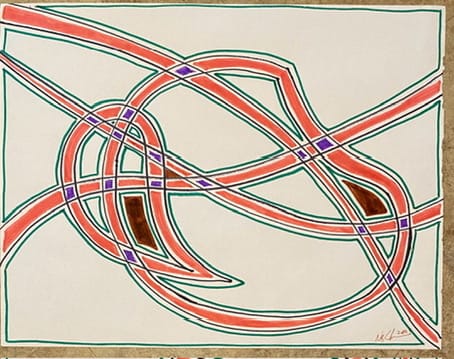Leadership Insights from Daily Reflections
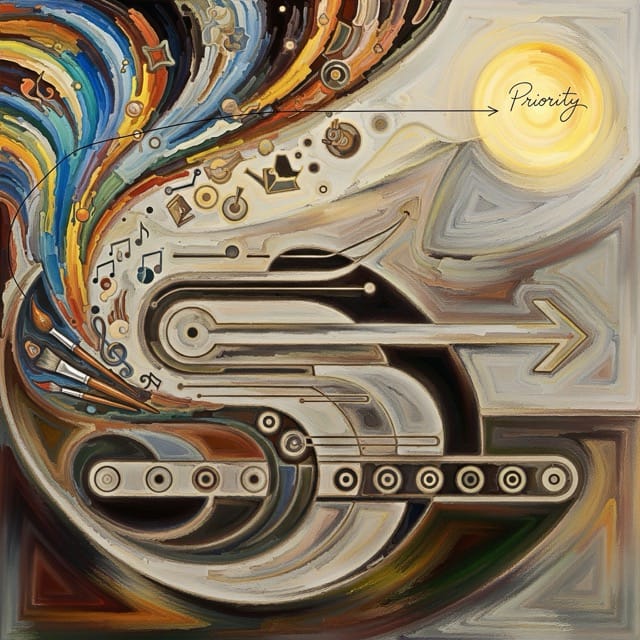
Balancing Creativity with Execution
Extracted from personal daily reflection practices - August 25, 2025 Running a creative organization presents unique challenges that require constant calibration between generating new ideas and executing existing ones. Through daily reflection and systematic questioning, I've identified five critical areas that shape effective leadership in creative environments.
The Creative-Execution Balance: Dancing on the Edge
The Challenge: How can you ensure that your organization's focus remains balanced between generating new ideas and executing existing ones?
This is fundamentally a question of leadership discipline. The key lies in recognizing when to maintain focus on completing current projects versus when to pivot to promising new concepts. It's about encouraging and demonstrating the capacity to retain discipline in fully developing ideas without squashing the new ones that naturally emerge during the execution process.
Sometimes focus needs to be pulled from the methodical work of finishing current tasks to jump into fresh generation. Other times, new concepts need more development time before receiving full attention, allowing previous projects the space to be completed. The art is knowing which situation you're in and responding appropriately.
Streamlining Departmental Workflows
The Challenge: In what ways could you streamline the processes of assigning tasks and tracking progress within departments to maximize productivity?
The solution involves two complementary approaches: technological automation and clear communication systems. Our planned menubar application represents one part of this solution, designed to handle routine task management and progress tracking.
The other critical element is developing automated notification systems that provide real-time status updates on processes and seamlessly hand off tasks between departments. This ensures team members receive the attention and information they need precisely when they need it.
Revolutionizing Reporting Processes
The Challenge: What specific improvements can be made to reporting processes, and how might these changes impact overall team efficiency?
The ideal state would integrate documentation directly into the workflow through our operational menubar application. This would automatically capture files created and lessons learned, particularly addressing the challenge of late-night work sessions where documentation often suffers.
When creative work happens during transitions (like around midnight), traditional reporting breaks down. Building documentation into the creative process itself, rather than treating it as a separate activity, could transform how teams track and share progress.
Strategic Project Prioritization
The Challenge: How can you identify which projects should take precedence, given the vast array of creative ideas generated by your organization?
Effective prioritization requires understanding which projects unlock others. Currently, biome assignments and new geographic mapping take priority because they're foundational - once complete, they enable the massive downstream work of creating detailed locations, districts, points of interest, and character development.
This represents a shift from pursuing immediately appealing concepts to tackling the less glamorous but essential infrastructure that makes everything else possible. It's about building the foundation that supports the creative vision.
Addressing Systemic Support Challenges
The Challenge: What steps can be taken to address and rectify issues within the support department that are currently causing distractions from your organization's primary mission?
While this challenge involves funding and staffing realities that can't be immediately solved, acknowledging them prevents unrealistic expectations. Increasing revenues across the board and addressing staffing shortages will help resolve large-scale operational issues.
Sometimes the honest answer is that certain problems require resources you don't yet have. The key is maintaining focus on mission-critical work while systematically building toward the resources needed to address systemic challenges.
The Meta-Insight: Systematic Reflection Creates Clarity
What emerges from this systematic questioning approach is the power of structured self-reflection. Rather than getting lost in the complexity of creative leadership, regular examination of specific challenges creates actionable insights.
The process reveals patterns: the recurring themes of balance, systems, communication, and resource allocation that shape every creative organization's success. By making these patterns visible through consistent reflection, leaders can move from reactive problem-solving to proactive system design.
The questions we ask ourselves shape the organizations we build.
